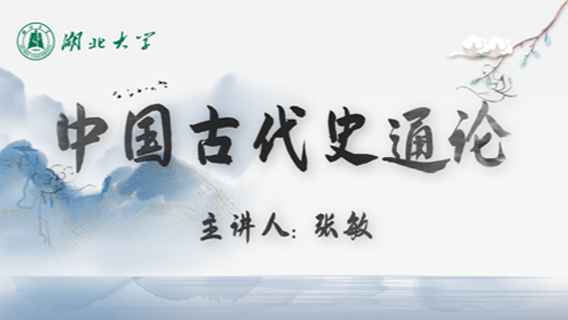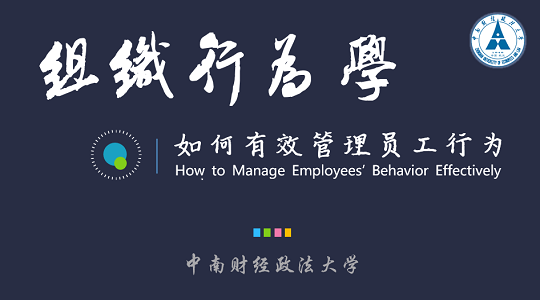
当前课程知识点:国际医学会议交际英语 > Chapter 12 Understanding Conference Etiquette > Exercise > Chapter 11 Part 1
English for Presentations at International Medical Conferences
Part IV Making posters
Chapter 11 Making posters
Hello everyone
I am Tao Xin from Capital Medical University
Now we are going to talk about Chapter 11
Making posters
This chapter discusses features of a good poster
and suggested ways to design
and present an effective poster
in a medical conference
Upon finishing this chapter
you are expected to
know the features of a good poster
know steps to design an effective poster
and know how to plan, produce
and present an effective poster
Two Functions
Posters are a popular alternative to oral presentations
in medical academic meetings
They are effective ways of sharing research findings
and are usually an important component
of academic conferences
Compared to oral presentations
poster presentations engage the author
in informal discussions with interested viewers
facilitate exchange of ideas in a wider and deeper scope
and thus can be more productive
to expand networking opportunities
They may be the first opportunity
for novice investigators
to present their work in important academic settings
and prepare them for publication
in peer-reviewed journals
Information on posters should be logically outlined
visually clear and mentally attractive
To ensure efficient and effective delivery of information
about a piece of research
that in itself is a quite complex project
the poster usually mixes a brief text
with visual aids such as tables
figures and pictures
At the poster session
the researcher usually stands by the poster
while responding to questions
posed by other participants
A clear and professional poster
would capture the audience’s attention immediately
and stimulate their interest
to engage in conversations with the presenter
Three
Suggested ways to design and present a poster
What makes a good poster
Good posters generally have the following features
Posters should be readable from more than one meter away
The poster especially the important information
needs to be legible
and easy to scan at this distance
Title had better be short and eye-catching
Your name, institutional affiliation
and acknowledgements should be included
The organization need be logical
Pieces in your poster should lead viewers
through your layout
in an organized way
Be consistent and clean in the layout
Communicate your message quickly and clearly
Text needs to be brief
Illustrations also need to be simple
Ensure every item is necessary in your poster
Do not cram the space with words or visual aids
Remove distracting information or visual aids
that distract viewers
Ideally
the viewer should get the message
in 30 seconds
In-depth information can be provided in a handout
Visual appearance is equally important
as content in poster design
Use bullets, numbering and headlines
Good use of graphics
color and fonts
can greatly enhance visual effects
how to design an effective poster
One three phases of poster design
Before you actually sit down to work on poster design
begin with the following three questions
to organize your thoughts
One
What is the most unique,
important and eye-catching finding from my research
Two
What is the best way for me
to share my research with colleagues
Should charts, tables, graphs,
photos or images be used
Three
What additional information
can I supply in my talk
to complement my poster
The above questions guide the three phases
in designing posters
planning, production and presentation
In this section
let’s discuss the first two phases
planning and production in poster design
planning
First
think before you leap
“Planning” means to decide on the content
to be presented in the poster
Only put the most essential information
“The elevator pitch” principle suggests that
if it only takes the audience the amount of time
for rising up one floor in the elevator
to catch the main message
then the poster is a successful one
Remember
the viewers only give you 50-90 seconds
before they decide to stay or leave
So you have to strike a balance
between being creative and being clear
You need to clarify the task you are given
accentuate the importance of your research
and appeal to the audience
while at the same time
you cannot make it too obscure
An effective solution is to constantly
think of your target audience
and the take-home message
you want to give them
You can approach the task from these three aspects
Is the objective of your poster to report findings
to propose an argument
to convince the audience
or to promote a product
Only the content that is closely pertinent
to the objective needs to be included
Who would be the target audience
a clinical specialist
a medical researcher
the general public or students
The audience’s academic background
can help you decide what is known
and thus not to be included in the poster
What would they be interested in
detailed information or a summary
Present the information that will definitely
arouse the audience’s interest
to interact and talk with you
With answers to the above three questions
you have made a rough decision
on the type and amount of material
to be displayed
Again “less is more”
and constantly ask yourself
what could be left out
Two
Plan sections of your poster
The same as research papers
posters follow the IMRaD
Introduction, Methods, Results and Discussion model
The Introduction section outlines the background
and aim of the research
Typically one statement would suffice
for background information
summarizing current development in the area
what is unknown
and how your study fills the gap
A hypothesis can be proposed in this part
The Methods section specifies the research design
participants, intervention
outcome measures and method of statistical analysis
The Results section reports quantitative data
including a description of subjects
participants who were excluded
data about the most important outcome variables
and statistical analysis results
The Discussion section concisely states
the conclusion and implications
Conclusions should be firmly based on data
rather than on personal speculations
Three
How to manage poster flow
Once the content has been decided
the next question would be
how to display the information that
would be convenient to reading
and facilitative to understanding
A fluent poster flow guides the audience
throughout the reading and provides a smooth
and pleasant reading experience
To achieve that
an outline plan that decides the overall structure
of the poster would be helpful
The overall structure of the poster should be
clear and logical
A grid system can help to lay out
a clear sequence of information
as in Figure 1
The grids break down the whole space
into handy and convenient sized areas
Rows extending across the page
and columns travelling down the page
become two main visual clues
These paths can be very useful
in organizing your information
presenting the viewers with logical and easy flows
to guide their thoughts as well as eyes
To produce the most effective layout
you can try rough sketches of your poster arrangement
and see how information can be assembled
Use a pencil and a white paper
at a reduced scale of the poster
to freely experiment with various alternative designs
Once the basic layout is established
you can print out rough versions of the poster
and move sections around
with a scissor and glue
and combine sections in various ways
This can give you a direct visual display
of different sequences and layouts
and make a more informed decision
about the amount of information needed
and the most effective display
-Exercise
-Exercise
-Exercise
-Exercise
-Exercise





